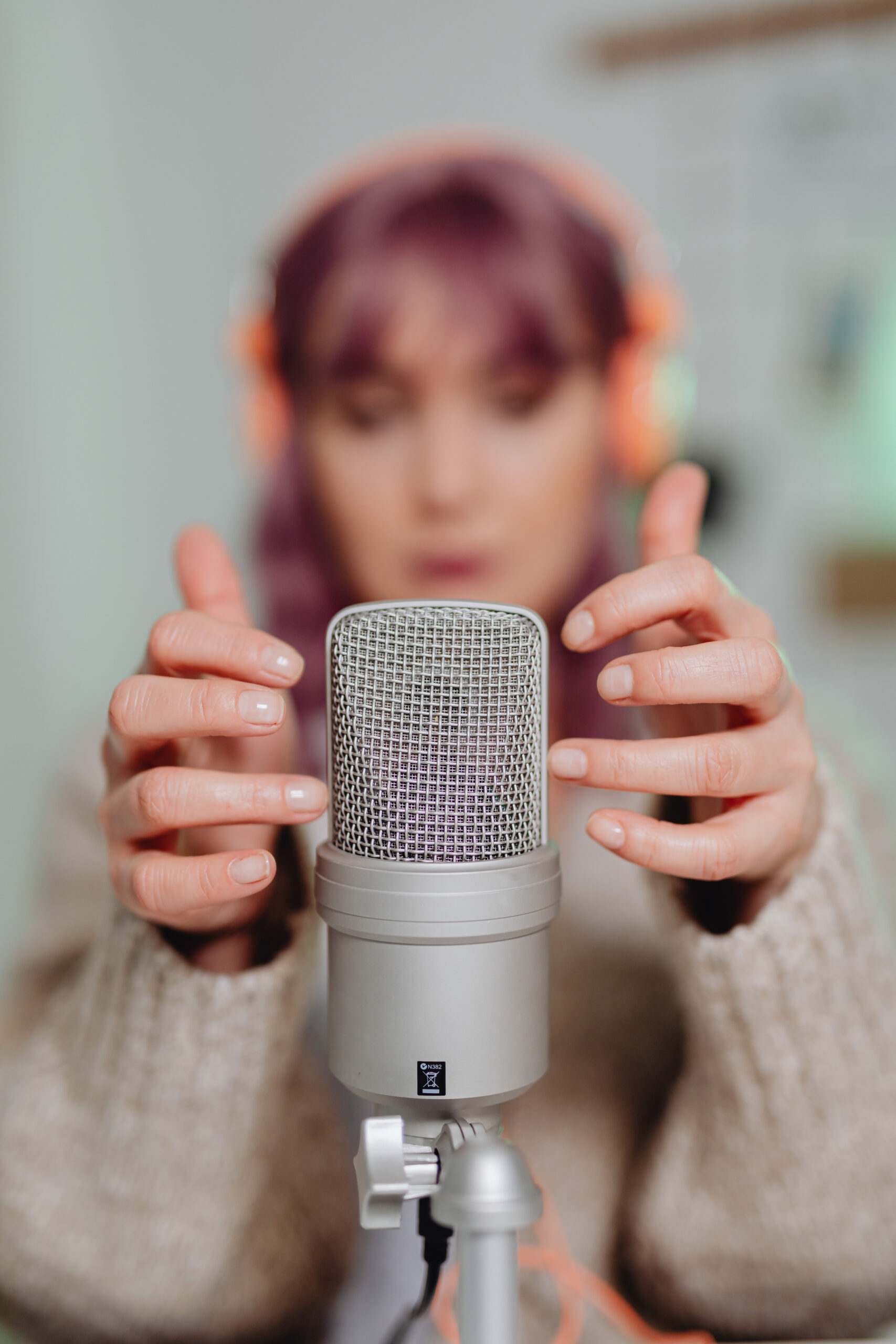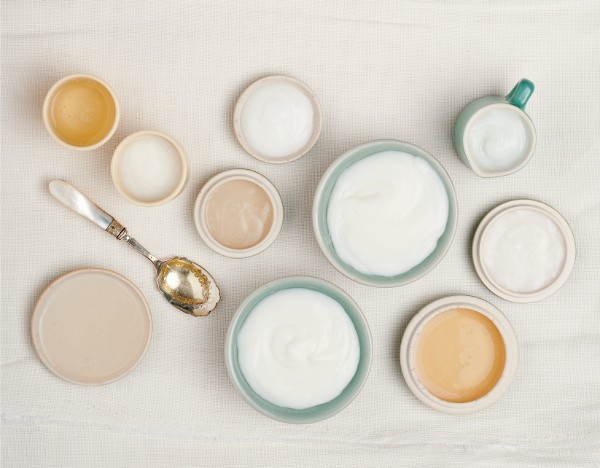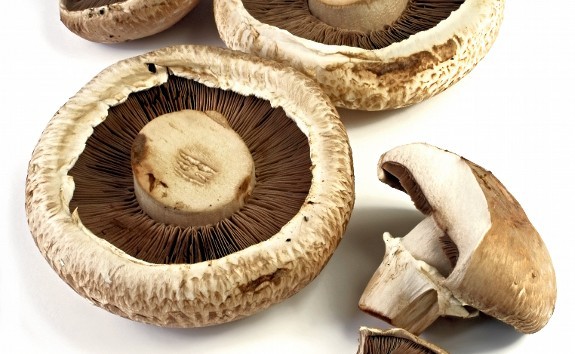Meet ASMR, the tingling sensation that could help with anxiety, depression or insomnia – or just make you feel good.
A couple of months ago, I came home to find my boyfriend sprawled on the couch in front of an unusual YouTube video. In it, a woman was cutting little cubes off a block of soap without saying anything.
“What on earth are you doing?!” I said. “Just watch,” he said, goo-goo-eyed. I sat down, expecting nothing, and soon found myself feeling oddly relaxed. There was something strangely peaceful, even hypnotic, about watching the little cubes of soap ripple and fall under the knife; about the sound of them clattering on the counter below.
I started to get a tingling feeling down my spine from watching the video – like the kind of thrill you get from listening to a great song. It was like the inverse of fingernails on a blackboard: a random sound that soothed, for no reason.
After a little research, I discovered we weren’t the only ones who felt relaxed by watching people cut up soap. We were experiencing something called ASMR – a neurological phenomenon that’s growing in popularity worldwide.
What is ASMR?
“ASMR” stands for “autonomous sensory meridian response” – a term invented by an American ASMR enthusiast in 2010 when she was naming a Facebook group and hoping to lend credibility to the feeling others were calling a “brain orgasm”.
“ASMR” describes the tingling feeling – somewhere between intense relaxation and a pleasurable mental thrill – elicited by certain sensory cues. Metaphors abound when it comes to describing how it feels.
“It’s kind of like when you’re a kid and someone pretends to crack an egg on your head,” says Jimmy Hazelwood, a Kiwi ASMR video creator. “I definitely get tingles around the whole crown of my head and often going down my neck.”
“You know when you scratch a cat behind the ears and they go into that kind of paralysis, but they’re also enjoying it? ASMR feels a bit like how I imagine that feels,” says Tom Bellamy, 29, an Auckland-based digital designer who regularly consumes ASMR videos. “It’s a kind of enjoyable shivering feeling, and there’s
a stillness to it, but it’s not quite a Zen stillness, there’s a bit of tingling in it.”
For Kat*, meanwhile, another Kiwi ASMR video creator, ASMR feels “electric and quite bubbly, and physically it’s felt at the base of the skull. I can describe it like someone taking my brain and putting it into foamy bubbles”.
Watching and listening to soap being cut is a popular trigger – but ASMR can be caused by anything from soft whispering, to the sound of paper tearing, to watching someone swirl paint colours together.
In fact, according to The Guardian, there are six main types of ASMR trigger: sounds (e.g., soft voices, tapping, popping bubble wrap), visuals (e.g., paint being swooshed, velvet being stroked one way and then the other), eating (e.g., watching people chew), crushing (e.g., playing with kinetic sand), role-playing (e.g., watching a video where someone pretends to give you a haircut, complete with snipping sounds and soft conversation) and touch (e.g., someone drawing on your back).
“The ASMR community is really broad, so people get tingles from a range of different things,” says Kat. “For example, I get tingles from people who do things with very attentive and slow care. I really like videos where people clean their cameras, especially when they do it really slowly.”
For Bellamy, meanwhile, soft voices are the most stimulating form of ASMR. “I think of it as kind of just meat and potatoes ASMR, nothing special,” he laughs. “Just a girl whispering into a microphone is very soothing! I do find I prefer female voices because I find male whispering a bit creepy as I’m going to sleep.”
He’s also a fan of “finger fluttering” videos, where the sound of skin brushing against skin is amplified.
Why ASMR?
The range of ASMR videos is increasingly vast, with hundreds of pieces of new content posted every day and thousands of creators worldwide – and that’s matched by an ever-growing audience. According to The Guardian, ASMR is the third most popular YouTube search worldwide at the moment. So, why are so many people watching ASMR videos?
For many, ASMR is a way to wind down at the end of the day. A 2015 study found that 85 per cent of individuals use ASMR to fall asleep or relax in times of anxiety.
“I do use it to drop off,” says Bellamy. “Although it’s not the tingles that send me to sleep, it’s the soft voices. I think that calmness helps me sleep better. I also listen to sleepcasts on [meditation app] Headspace, which serve a similar purpose.”
ASMR is also used as a tool for focusing. The deep relaxation/stimulation combo it elicits may even be something like the “flow” state psychologist Mihaly Csikszentmihalyi famously identified as being essential to creative work.
“I find it really difficult to concentrate to silence, so I play ASMR videos when I’m working,” says Kat. Bellamy has a similar experience, using it as background noise to support deep focus. “I sometimes wonder if it subconsciously makes me more productive,” he says. “It does seem to put me in ‘the zone’.”
ASMR may also be useful for neurodivergent people – particularly those who struggle with social anxiety or agoraphobia – because it can provide a sense of intimacy without the sensory overload that comes with person-to-person interaction. “It lets you have that closeness without being overwhelmed, because the person in the video is not really there,” says Kat. “I think it’s got a huge place in therapeutic practice.”
The science
ASMR is growing in popularity, but the science to explain the relaxed, tingling sensation is still scant.
A 2018 study by researchers at the University of Sheffield and Manchester Metropolitan University found that those who experience ASMR have both significantly reduced heart rates (a sign of deep relaxation) and increased skin conductance (that is, slight sweating; a sign of stimulation) while watching ASMR videos.
That science matches anecdotal reports of feeling both calm and tingly.
But while the science shows a consistent physiological response to ASMR content, which helps to explain why ASMR helps with anxiety and insomnia, the 2018 paper is a rarity. There haven’t been many ASMR studies to date and it’s still not known why it’s so effective for some people and not others, or what exactly its effects and benefits are.
We also don’t yet know how exactly it works. Why do people respond so strongly to soft voices and tapping sounds?
Dr Craig Richards, professor of biopharmaceutical sciences at Shenandoah University, the author of Brain Tingles and the founder of ASMR University – a university dedicated to studying the phenomenon of ASMR – posits that ASMR triggers resemble techniques human adults use to soothe infants and loved ones.
Whispering, gentle grooming and soft sounds are all used by one person to comfort another and signal intimacy and care; perhaps ASMR mimics these effects for the internet age.
It’s a fascinating idea with enormous therapeutic potential – but clinical trials are still needed. For the moment, the science of ASMR remains largely uncharted territory, which only makes it more mysterious.

ASMRtists
ASMR videos are created by self-styled “ASMRtists”. Some appear in specialised ASMR apps, such as “Tingles” or “ASMRtist – ASMR sleep sounds”, but the vast majority of ASMR videos are freely accessible on YouTube and TikTok. It’s a popular arena, because creating ASMR videos requires little more than a camera – but those in the field take it very seriously.
Kat, who runs the ShiverMeTingles ASMR YouTube channel, discovered ASMR about 10 years ago, while watching massage YouTube videos (at the time, she hoped to become a massage therapist).
“I just kind of fell into it by accident,” she says. “I’d always known that I experienced tingles from things, and I was experiencing it with these massage videos, and through YouTube recommendations, I found what was called the Whisper Community at the time, where people would whisper into microphones,” she says. “That gradually moved into what we know as ASMR today.”
She began making ASMR videos purely because she liked watching them. Now, she treats it like a day job, although she also works as a photographer.
“I realised that performing/creating and wellbeing are really important to me, and ASMR covers both things very well. I began treating it like a business – waking up every morning and planning content for the coming week, thinking about what I’m going to do to keep my audience engaged, to bring people in, to reward loyalty… All the scripting and shooting is a lot of work, but I love it, so it doesn’t really feel like working.”
Kat’s videos range from her tapping on art canvases, to pretending to draw your portrait, to pretending to carry out an eye exam. Her most popular, with 161,000 views, is a cranial nerve exam.
In the video, Kat plays a doctor pretending to carry out an exam that tests each of your five senses. She says medical examinations are a particularly popular sub-genre.
“I feel like many people’s first experiences of ASMR were at the doctor as a child, so that probably explains the popularity,” she says. “The medical style of ASMR is really popular in general, where the ASMRtist pretends you’re in a medical office and the doctor is checking all your senses and making sure everything is fine.”
Overall, she suggests, the success of an ASMR video relies on how well it creates an atmosphere of safety and personal attention. “The majority of the feedback I get is people thanking me for helping them relax,” Kat says. “And people love feeling like you’re there just for them.”
Fellow ASMRtist Jimmy Hazelwood began making videos in his early twenties with the hope of “creat[ing] a relaxing experience for someone who needs it”.
His video subjects range from unboxing items to outdoor walks filled with nature sounds, and while he mostly splits his time between bar work, gardening and live music gigs these days, he still puts up videos every few months.
Hazelwood suggests that a good video relies on authenticity and a point of difference. His own most popular videos tend to be roleplays – with one where
he attempts to do someone’s make-up taking the top spot. “I think people enjoy me fumbling through it,” he says. “It’s a bit of fun, too.”
Both he and Kat receive regular feedback on their Kiwi accent – many viewers find it particularly soothing – and how relaxing their videos are. “I’d say most comments are about how much the videos help people sleep or unwind,” says Hazelwood. “It’s kind of used as an escape for many, to take their mind off the stresses in day-to-day life and individual situations.”
A growing field
ASMR content has boomed in the last five years, even entering the mainstream.
A beer ad shown at the 2019 Super Bowl featured Zoe Kravitz whispering, tapping her nails on a glass bottle, popping the cap and listening to the bubbles.
The television series The White Lotus features an ASMR scene where two teenagers get high on the gentle sounds of lighters and bongs. The music of current pop darling Billie Eilish is heavily influenced by ASMR tropes – whispering, clicking and soft tapping and singing very close to the microphone, so it sounds like she’s always in your ear. You can even visit an ASMR hotel in New York.
It’s not quite a new phenomenon – think of the gentle swooshing and speaking videos of Bob Ross way back in the 1980s – although it’s certainly a bigger part of the zeitgeist now. But why has ASMR taken off recently?
The rise of media platforms that make ASMR experiences accessible – such as YouTube and TikTok – are certainly part of it. But ASMR’s ascension to the mainstream in the last three years perhaps also owes something to rising anxiety and depression rates.
“I think a lot of people do find ASMR videos good for depression because there’s an inherent comfort to the way the videos are made. It’s good for your mental health to have someone comforting you and giving you personal attention during a hard time, and if you have to get that from a video, I think it’s perfectly fine,” says Kat.
“ASMR views have definitely spiked in the last two years and I can’t help but feel that what’s going on in the world is a major driver of that,” she says. “I think ASMR videos have kept a lot of people sane during the pandemic.”
“It does provide some relief from anxiety. It immediately pulls you out of your head and you become involved with what you’re viewing,” adds Hazelwood.
“I think people always need a comforting space to go if they don’t have one readily at hand.”
In an increasingly virtual world, perhaps ASMR is even the new frontier in self-care. “I think ASMR makes self-care really accessible,” says Kat. “A lot of people can’t afford to go and have their make-up done or have a massage, but an ASMR video can allow them to experience it at home.”
She suggests it could even be seen as part of a mindfulness practice – and a useful baby step for those who are new to mindful relaxation. “ASMR is mindfulness, because it can be quite hard to engage the tingly feeling if you’re not being mindful,” she says. “It’s a really good introduction to becoming present for those who feel like full-on meditation is quite an advanced step.”
One thing is for sure: ASMR is everywhere now, so it’s never been easier to try. Fire up YouTube and tap into those good vibrations – it could change your life.
Other ASMR YouTubers we love:
- Gibi ASMR
- Gentle Whispering ASMR
- RafftTaphyASMR
- Frivolous Fox ASMR
- W Magazine ASMR series
- Tingting ASMR







